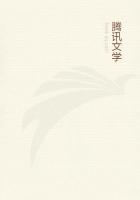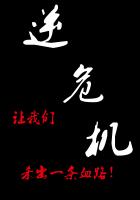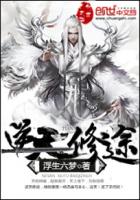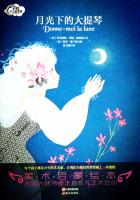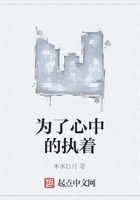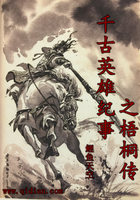What geology has done for our knowledge of the earth, has been done for our knowledge of the body by that method of study to which is given the name of General Anatomy. It studies, not the organs as such, but the elements out of which the organs are constructed. It is the geology of the body, as that is the general anatomy of the earth. The extraordinary genius of Bichat, to whom more than any other we owe this new method of study, does not require Mr. Buckle's testimony to impress the practitioner with the importance of its achievements. I have heard a very wise physician question whether any important result had accrued to practical medicine from Harvey's discovery of the circulation. But Anatomy, Physiology, and Pathology have received a new light from this novel method of contemplating the living structures, which has had a vast influence in enabling the practitioner at least to distinguish and predict the course of disease. We know as well what differences to expect in the habits of a mucous and of a serous membrane, as what mineral substances to look for in the chalk or the coal measures. You have only to read Cullen's description of inflammation of the lungs or of the bowels, and compare it with such as you may find in Laennec or Watson, to see the immense gain which diagnosis and prognosis have derived from general anatomy.
The second new method of studying the human structure, beginning with the labors of Scarpa, Burns, and Colles, grew up principally during the first third of this century. It does not deal with organs, as did the earlier anatomists, nor with tissues, after the manner of Bichat. It maps the whole surface of the body into an arbitrary number of regions, and studies each region successively from the surface to the bone, or beneath it. This hardly deserves the name of a science, although Velpeau has dignified it with that title, but it furnishes an admirable practical way for the surgeon who has to operate on a particular region of the body to study that region. If we are buying a farm, we are not content with the State map or a geological chart including the estate in question. We demand an exact survey of that particular property, so that we may know what we are dealing with. This is just what regional, or, as it is sometimes called, surgical anatomy, does for the surgeon with reference to the part on which his skill is to be exercised. It enables him to see with the mind's eye through the opaque tissues down to the bone on which they lie, as if the skin were transparent as the cornea, and the organs it covers translucent as the gelatinous pulp of a medusa.
It is curious that the Japanese should have anticipated Europe in a kind of rude regional anatomy. I have seen a manikin of Japanese make traced all over with lines, and points marking their intersection. By this their doctors are guided in the performance of acupuncture, marking the safe places to thrust in needles, as we buoy out our ship-channels, and doubtless indicating to learned eyes the spots where incautious meddling had led to those little accidents of shipwreck to which patients are unfortunately liable.
A change of method, then, has given us General and Regional Anatomy.
These, too, have been worked so thoroughly, that, if not exhausted, they have at least become to a great extent fixed and positive branches of knowledge. But the first of them, General Anatomy, would never, have reached this positive condition but for the introduction of that, instrument which I have mentioned as the second great aid to modern progress.
This instrument is the achromatic microscope. For the history of the successive steps by which it became the effective scientific implement we now possess, I must refer you to the work of Mr. Quekett, to an excellent article in the "Penny Cyclopaedia," or to that of Sir David Brewster in the "Encyclopaedia Britannica." It is a most interesting piece of scientific history, which shows how the problem which Biot in 1821 pronounced insolvable was in the course of a few years practically solved, with a success equal to that which Dollond had long before obtained with the telescope. It is enough for our purpose that we are now in possession of an instrument freed from all confusions and illusions, which magnifies a thousand diameters,--a million times in surface,--without serious distortion or discoloration of its object.
A quarter of a century ago, or a little more, an instructor would not have hesitated to put John Bell's "Anatomy" and Bostock's "Physiology" into a student's hands, as good authority on their respective subjects. Let us not be unjust to either of these authors. John Bell is the liveliest medical writer that I can remember who has written since the days of delightful old Ambroise Pare. His picturesque descriptions and bold figures are as good now as they ever were, and his book can never become obsolete. But listen to what John Bell says of the microscope :
"Philosophers of the last age had been at infinite pains to find the ultimate fibre of muscles, thinking to discover its properties in its form; but they saw just in proportion to the glasses which they used, or to their practice and skill in that art, which is now almost forsaken."
Dr. Bostock's work, neglected as it is, is one which I value very highly as a really learned compilation, full of original references.
But Dr. Bostock says: "Much as the naturalist has been indebted to the microscope, by bringing into view many beings of which he could not otherwise have ascertained the existence, the physiologist has not yet derived any great benefit from the instrument."
These are only specimens of the manner in which the microscope and its results were generally regarded by the generation just preceding our own.



